Kadamba Kanana Swami Korsnas Gard and at Ugrasena's 14th May 2010 -0107
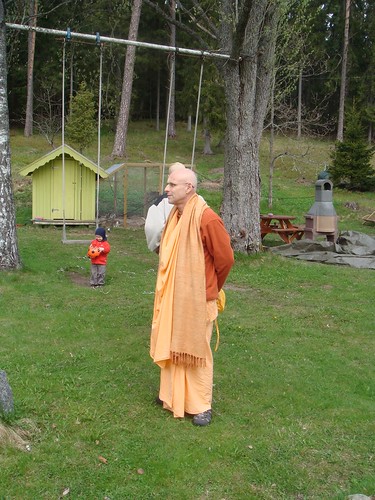
Kadamba Kanana Swami Korsnas Gard and at Ugrasena's 14th May 2010 -0108
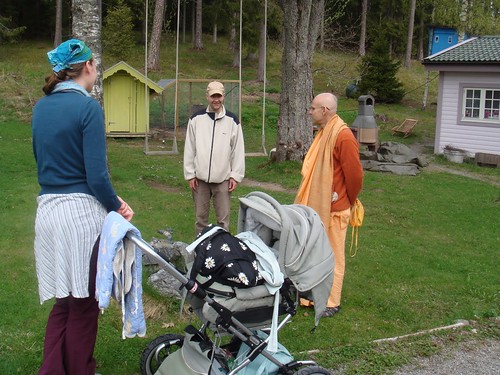
Kadamba Kanana Swami Korsnas Gard and at Ugrasena's 14th May 2010 -0109
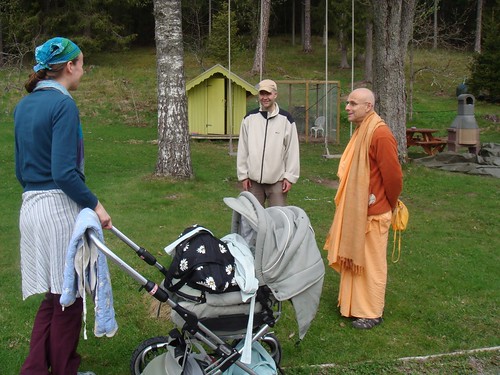
Kadamba Kanana Swami Korsnas Gard and at Ugrasena's 14th May 2010 -0110
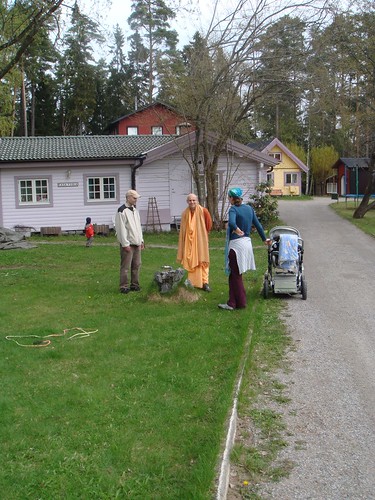
Kadamba Kanana Swami Korsnas Gard and at Ugrasena's 14th May 2010 -0111
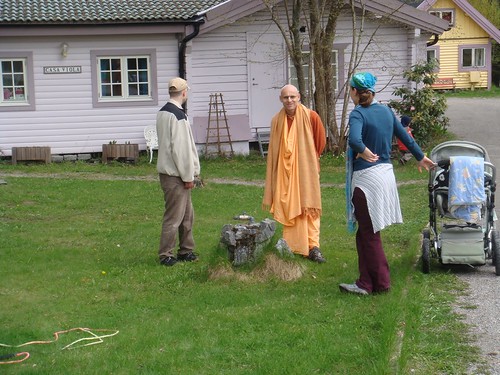
Kadamba Kanana Swami Korsnas Gard and at Ugrasena's 14th May 2010 -0113
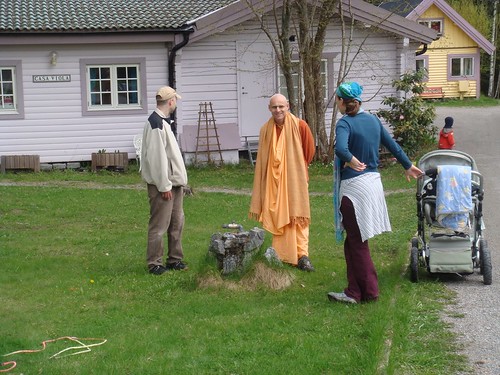
Kadamba Kanana Swami Korsnas Gard and at Ugrasena's 14th May 2010 -0114
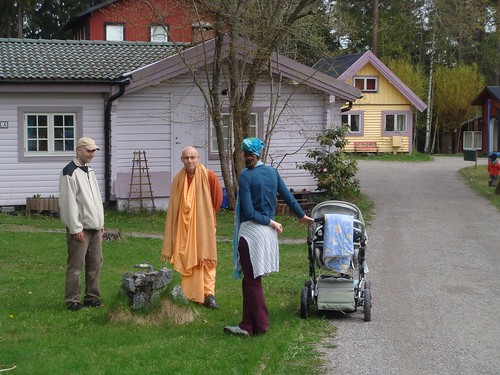
Kadamba Kanana Swami Korsnas Gard and at Ugrasena's 14th May 2010 -0034

Kadamba Kanana Swami Korsnas Gard and at Ugrasena's 14th May 2010 -0039
ADVAITADASA BABAJI MAHASAYA: (Sri Vrndavana)
He was born in a poor kayastha family of the Varendra clan in the village Cadia of Sirajganja in the district of Pavna. He was known as Bhimakishore Rakshita. His parents died during his childhood, leaving only a widow sister to look after him. In his youth He received very little education but managed to learn something about the work of an Amin (land surveyor) and thus became connected with the Zemindary estates. Padmalocana Nag Mahasaya, the Dewan of the Sanyal group of Zamindars of Salap village, was a great devotee. By the grace of Lord Caitanya, Bhimakishore came in contact with Nag Mahasaya and was employed by him to do estate work.
The weaver caste Zamindar of Sonarangi, a village situated at the center of the four districts (Murshidabad, Burdwan, Birbhum, and Bankura) was also a great devotee. During the battle between the English and the Siraj ud daula, the Chief of t he English Army was wounded. At the insistence of the Chief, his principal employee continued with the fight wearing the uniform of the chief, and won the battle. As a reward for his services, the Englishman presented a few villages to the said emp loyee, thus the Zamindary estate of Sonarangi became established.
These people were very close to Lord Caitanya. One Basu Mahasaya, originally from Cak village of the
Padmalocana had no son of his own so he brought up Bhimakishore as his own son and in due course of time implanted the seeds of devotion in the heart of Bhimakishore. He also helped him to receive initiation from a progeny of Sri Advaita. Af terwards Bhimakishore was married.
Once, while Nag Mahasaya was away visiting his native village at Mailani, one of the descendants of Sri Nityananda arrived at Bhimakishore's house. During discourses with that saintly person regarding the supreme goal of life (Paramartha), B himakishore became very attracted and went away with the sadhu to Murshidabad. Upon returning home Nag Mahasaya was at first disappointed to find that Bhimakishore had left, but later he became happy, appreciating the budding qualities of devotion w ithin Bhimakishore.
Bhimakishore stayed in Murshidabad, enjoying the company of devotees. There he began to study Sri Caitanya Caritamrta, but being unable to decipher Sanskrit words such as `Kurvan' or `San', he sought the guidance of another devotee, who advi sed him to learn Sanskrit grammar from a nearby `Tole' (Sanskrit school) run by a brahmana pandita. He immediately joined the Tole and began lessons on Laghuharinamamrta. However, after a few lessons the pandita explained to Bhimakishore that withou t vairagya one cannot gain thorough knowledge of the subject. At that time Bhimakishore was only twenty seven years old and had no property except a few bighas of land at his native village, yet he immediately embraced the life of a vairagi (veshasr aya) without any consideration of how his childless wife and widowed sister would earn a livelihood.
At that time the Prabhu, with whom Babaji had come to Murshidabad, was away. When Babaji returned home the women folk of the family burst into loud expressions of grief at the sight of Babaji's vairagi attire.
As a vairagi, Babaji became engrossed in studying devotional books. Dissatisfied with his previous teacher, Babaji, along with some Vaisnava associates, traveled first to Navadvipa in search of a better teacher, and later went to Puri. Afte r four months in Puri he found out that Sri Jagadananda Pandita Mahasaya of Sri Radhakunda was a very good tutor on Sri Harinamamrta Vyakarana. Babaji waited until the rainy season had abated and then returned to Sri Vrndavana, via Sambalpura, on fo ot. The long journey was very strenuous, but Babaji endured the sufferings calmly, bearing in mind that Lord Caitanya and other great gosvamis had also travelled this route to Sri Vrndavana on foot.
After a short rest Babaji went to Srikunda and began his studies on Sri Harinamamrta under the guidance of Pandita Sri Jagadananda Dasaji. Unfortunately, because Pandita Sri Jagadananda was constantly being visited by various devotees, Babaj i Advaita dasa felt disturbed by the interruption to his studies and returned to Santipura where he resumed his lessons on vyakarana under the guidance of Sri Rama Siromani, of Sri Advaita's lineage.
Babaji studied there for a few years, but again felt that he was not properly utilizing his time due to frequent interruptions. Thus at the age of thirty six he returned to Sri Radhakunda in Vrndavana and completed his studies of Sri Harinam amrta under Sri Jagadananda Dasaji.
During this period a famous kirtania named Sri Gopidasa lived at Srikunda. He was also the closest associate of the great contemporary musician who gave recital of Padakalpataru (compiled by Sri Vaisnava Carana Dasa). While Sri Advaitadasa stayed at Srikunda he took elementary lessons on kirtana from Sri Gopinatha Dasa. Advaitadasa Babaji's voice was melodious, thus whenever Gopidasa gave a kirtana recital Advaitadasa would accompany him. But Babaji Mahasaya was more interested in stu dying than in kirtana.
Every year on the occasion of Sri Jahnavi Mata's utsava, all the Vaisnavas of Vraja congregated near Srikunda to participate in kirtana. On the fourth day of the festival the congregation did parikrama of Srikunda. On one such occasion Gopid asaji, while in the midst of a kirtana recital suddenly stopped singing. His companion, Sri Advaitadasa, immediately picked up and continued the song, repeating the kirtana recited by Sri Gopidasaji. Hearing the excellent recital of kirtana by Sri Advaitadasaji, Siddha Gauracarana Dasa Babaji of Kunjara was so impressed that he took Advaita dasa in his arms and announced to the audience that from then on there would be one more musician at Srikunda. Babaji Mahasaya then touched his admirer's feet and received his blessings.
From that day Babaji Mahasaya's interest in music developed. He first took lessons on kirtana from Sri Gopidasa babaji and afterwards learned other styles of music under Krsnadayala Candra Mahasaya of Pancthupi village in the
Padmalocana Nag Mahasaya lived in Vrndavana during the last stage of his life. Sri Advaitadasa Babaji regarded him as his guru and his wife as gurupatni. Babaji also treated the two daughters of Nag Mahasaya as his own sisters. When Nag Ma hasaya's wife died at a very old age, Sri Advaita Dasa Babaji performed her last funeral rites and organized the utsava in true vaisnava tradition, including recitals of kirtana.
In the course of his earlier visits to various places for learning kirtana, Advaitadasa once stayed at Katoa for some time. Receiving the news of his presence there, Babaji Mahasaya's wife and widowed sister came to meet him. At the sight o f their poverty stricken condition, all the great vaisnavas present there including both elder and younger Prabhu (descendants of Sri Advaita), Venimadhava Thakura, a priest and beneficiary of Lord Caitanya, felt extremely grieved. They collectively counseled Sri Advaita Dasa Babaji and persuaded him to return to his wife. Submitting to the desires of the devotees, Babaji Mahasaya went to live in Navadvipa along with his family.
Later on a daughter was born to his wife and at an appropriate time Babaji Mahasaya gave her in marriage to the son of a respected Varendra clan Kayastha family. Sri Advaita Dasa Babaji Mahasaya's daughter gave birth to a son, who later came to be known as Bimana Bihari Majumdar, M.A. Babaji Mahasaya then gave his property to his daughter and son-in-law and left for Sri Vrndavana taking his wife with him, there he took shelter of Rajarshi Bahadur. Shortly thereafter Babaji Mahasaya's wife passed away and he shifted to a Vaisnava abode named `Kangaler Mahaprabhu' (Lord Caitanya of the poor).
Babaji's eyesight became very weak, he had one operation on his eyes in
In his earlier days, during his stay under the shelter of Rajarshi Bahadur in Vrndavana, Rai Bahadur Manindra Candra Nandi of Kashimbazar Raj estates had engaged Sri Advaitadasa in giving kirtana lessons to students at his estate capital. Babaji had acquired his knowledge of music from various music teachers in an orthodox and proper sequence, based on sound and technical skill. In fact, the famous `Garanhati' style of kirtana recitals, introduced by Sri Narottama Thakura, remained unimpai red so long as Sri Advaita Babaji Mahasaya remained alive. When the Maharaja of Kashimbazar realized that the students could not properly grasp Sri Advaita's orthodox style of kirtana, the Maharaja asked Sri Radhika Prosad Goswami, a renowned classi cal musician of Vanavishnupura, to take notations (Swaralipi) on Babaji's kirtanas. The Maharaja was greatly disappointed when Sri Radhika Prosad explained that the music of Sri Advaitadasa Mahasaya's was based on Vilamvita laya (slow tempo) and th us was in most places beyond the scope of conventional notation rules.
Babaji Mahasaya's love for traditional kirtana recital was very intense, a quality rarely encountered during that period of time. On one occasion Babaji Mahasaya demonstrated his enduring capabilities by skillfully performing kirtana recital s at Sri Radhika Prosad Goswami's house from nine in the morning until eleven in the evening, without break and without the aid of any companion.
Fuentes - Fonts
SOUV2P.TTF - 57 KB
SOUV2I.TTF - 59 KB
babi____.ttf - 47 KB
bab_____.ttf - 45 KB
SOUV2T.TTF - 56 KB
inbenr11.ttf - 64 KB
inbeno11.ttf - 12 KB
inbeni11.ttf - 12 KB
inbenb11.ttf - 66 KB
balaram_.ttf - 45 KB
indevr20.ttf - 53 KB
Página PRINCIPAL
OBRAS y AUTORES CLÁSICOS
Agradecimientos
Cuadro General
Disculpen las Molestias
| Conceptos Hinduistas (1428)SC |
|---|
Category:Hindu (mythology) (3256)SC | Category:Hindu mythology (3270)SC | Categoría:Mitología hindú (3288)SC (indice) | Categoría:Mitología hindú (videos) (3289)SC | Conceptos Hinduista (A - G) SK y SC (videos) (3294)SC Aa-Anc · Aga - Ahy · Ai - Akshay · Akshe - Amshum · Ana - Ancie · Ang - Asvayu · Ata - Az · Baa-Baz · Be-Bhak · Bhal-Bu · C · Daa-Daz · De · Dha-Dry · Du-Dy · E · F · Gaa-Gayu · Ge-Gy · Ha-He · Hi-Hy · I · J · K · Ka - Kam · Kan - Khatu · Ki - Ko · Kr - Ku · L · M · N · O · P · R · S · Saa-San · Sap-Shy · Si-Sy · Ta - Te · U · V · Ve-Vy · Y · Z |
| Conceptos Hinduistas (2919)SK | (2592)SK |
|---|
Aa-Ag · Ah-Am · Ana-Anc · And-Anu · Ap-Ar · As-Ax · Ay-Az · Baa-Baq · Bar-Baz · Be-Bhak · Bhal-Bhy · Bo-Bu · Bra · Brh-Bry · Bu-Bz · Caa-Caq · Car-Cay · Ce-Cha · Che-Chi · Cho-Chu · Ci-Cn · Co-Cy · Daa-Dan · Dar-Day · De · Dha-Dny · Do-Dy · Ea-Eo · Ep-Ez · Faa-Fy · Gaa-Gaq · Gar-Gaz · Ge-Gn · Go · Gra-Gy · Haa-Haq · Har-Haz · He-Hindk · Hindu-Histo · Ho-Hy · Ia-Iq · Ir-Is · It-Iy · Jaa-Jaq · Jar-Jay · Je-Jn · Jo-Jy · Kaa-Kaq · Kar-Kaz · Ke-Kh · Ko · Kr · Ku - Kz · Laa-Laq · Lar-Lay · Le-Ln · Lo-Ly · Maa-Mag · Mah · Mai-Maj · Mak-Maq · Mar-Maz · Mb-Mn · Mo-Mz · Naa-Naq · Nar-Naz · Nb-Nn · No-Nz · Oa-Oz · Paa-Paq · Par-Paz · Pe-Ph · Po-Py · Raa-Raq · Rar-Raz · Re-Rn · Ro-Ry · Saa-Sam · San-Sar · Sas-Sg · Sha-Shy · Sia-Sil · Sim-Sn · So - Sq · Sr - St · Su-Sz · Taa-Taq · Tar-Tay · Te-Tn · To-Ty · Ua-Uq · Ur-Us · Vaa-Vaq · Var-Vaz · Ve · Vi-Vn · Vo-Vy · Waa-Wi · Wo-Wy · Yaa-Yav · Ye-Yiy · Yo-Yu · Zaa-Zy |

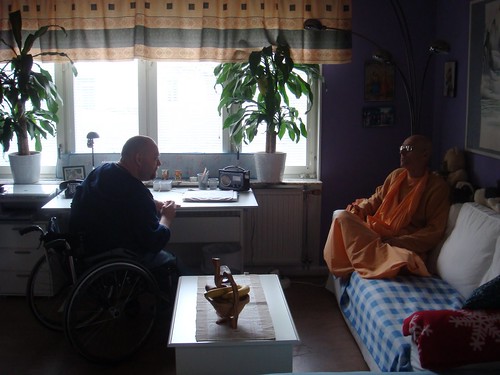

No hay comentarios:
Publicar un comentario